Embed presentation
Download to read offline







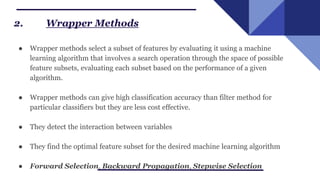
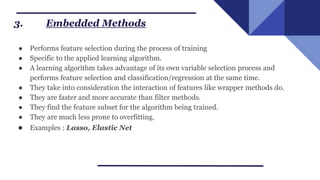



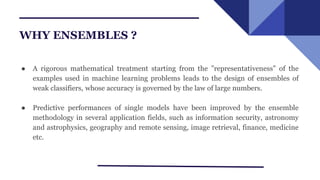






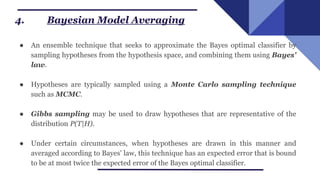
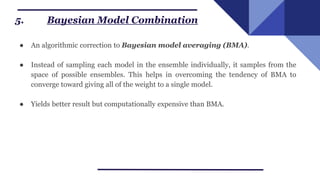
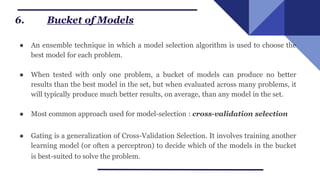






This document discusses ensemble hybrid feature selection techniques. It begins by introducing feature selection and different types of feature selection techniques, including filter, wrapper, embedded, and hybrid methods. It then discusses ensembles and why they are used, describing various ensemble methods like bagging, boosting, Bayesian averaging, and stacking. It provides examples of how ensembles are applied to tasks like image classification, text categorization, and medical image analysis. Finally, it concludes that ensembles can outperform single learning algorithms and that future research could explore more hybrid ensemble approaches.



























